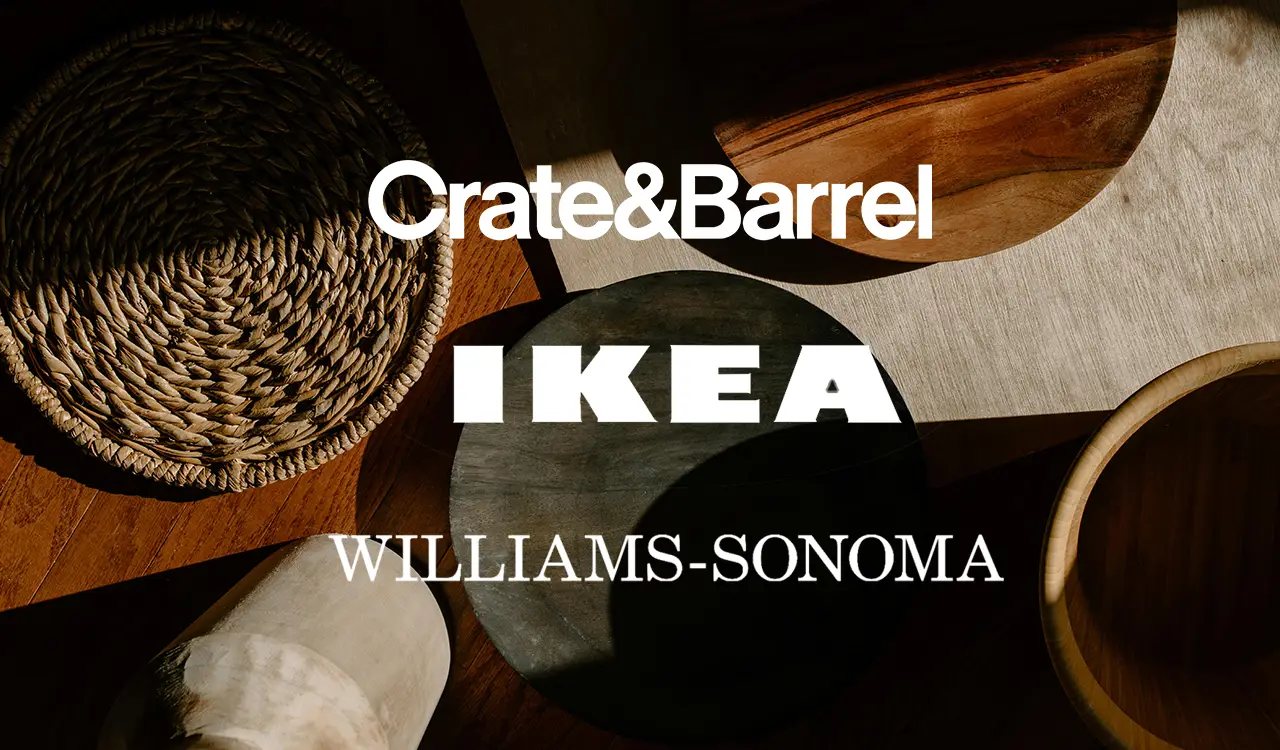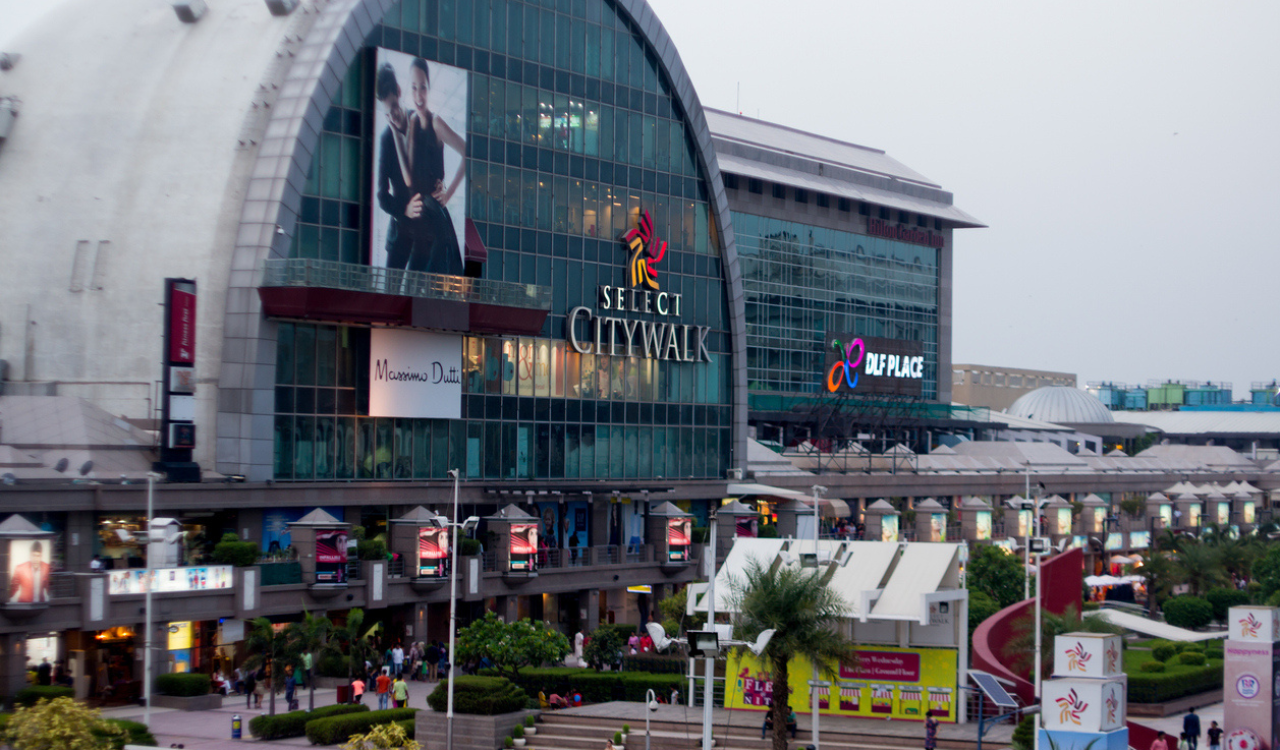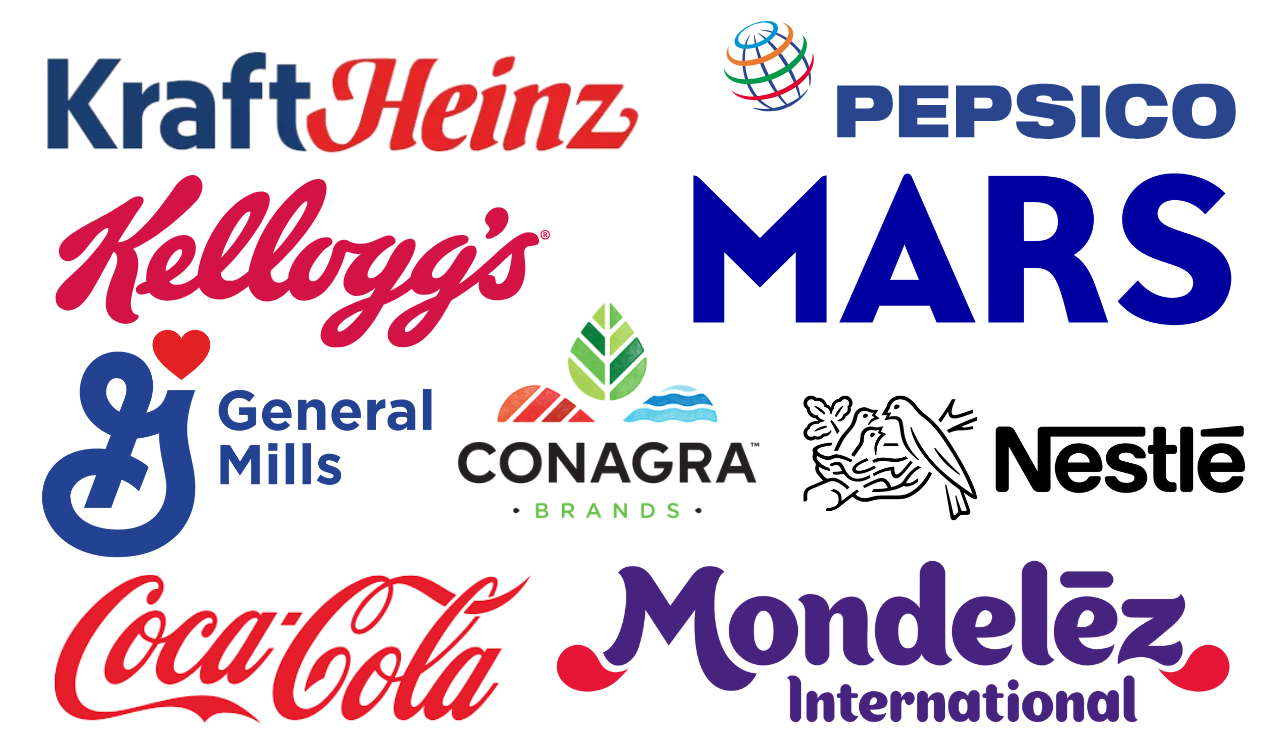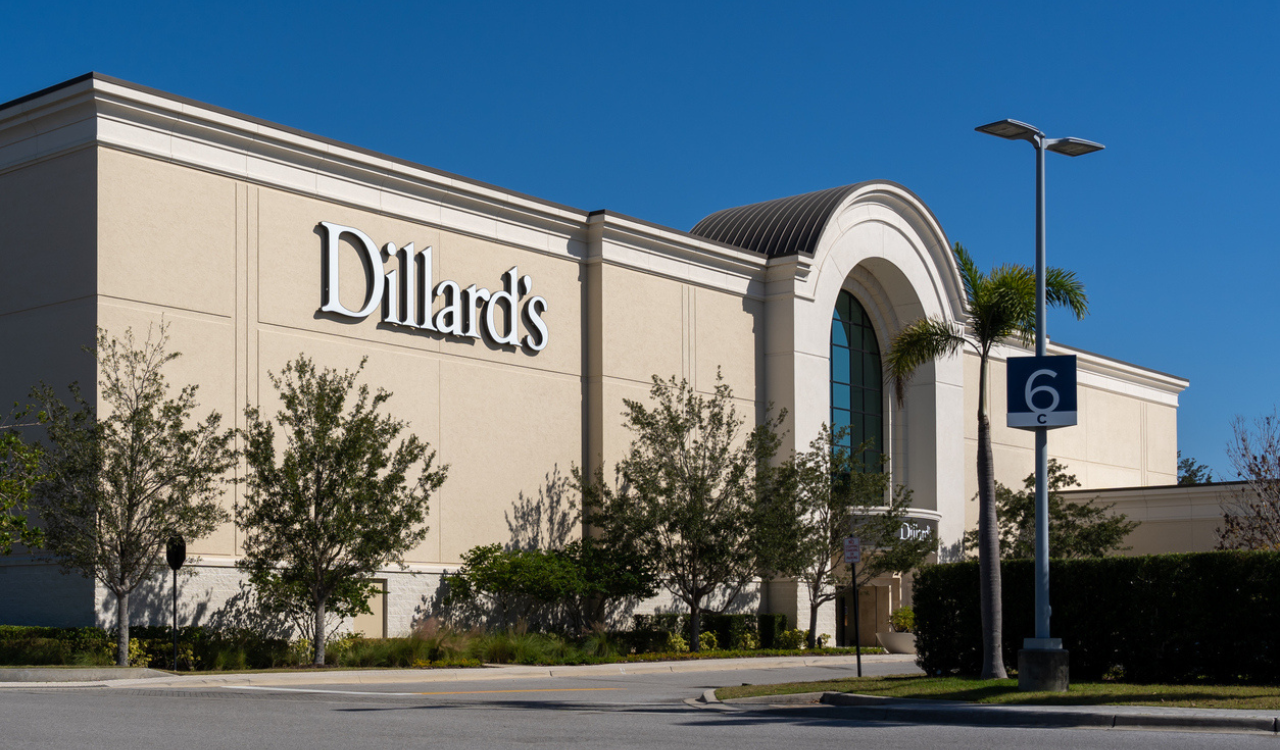The home furnishings industry has received shockwaves over the past three years. First Covid lockdowns fueled a home retrofit movement that injected billions of dollars into the U.S. economy. Then the polar opposite occurred as the subsidy-fed economy led to a historic rise in inflation forcing the Fed’s tightening and sending home interest rates through the roof. The super-hot industry took a polar plunge. That said, Ikea, Crate + Barrel and Williams Sonoma are the new proven retail winners; and then there is a potential loser.
Home furnishings retailing like other discretionary sectors is attempting to readjust. Yet beyond prevailing microeconomic conditions, the category is also dealing with other impactful trends, including changing demographics, population shifts, next-gen lifestyles, rapid market segmentation, delays in first-home purchases, and challenges associated with the new realities of unified commerce.
A general overview of the furnishings and décor sector reveals players that have continued to thrive, despite economic headwinds. These standouts have demonstrated an ability to read and react to changing consumer attitudes and market conditions while staying true to their core brand attributes and business fundamentals. Conversely, there are the innovators and even industry visionaries who lost touch with their customers and the market — or may have taken a path too far.
The Winners
Ikea
Founded in 1943 by Ingvar Kamrad, Ikea has been the largest furniture retailer in the world since 2008. It broke from nearly every furniture industry norm. It started by cultivating a cadre of small independent Swedish craftsmen to help orchestrate the flat-pack furniture revolution. Then rather than displaying the innovative designs in traditional massive parking-lot-like showrooms, they took a page out of the Disney playbook.
Ikea engineered (imagineered in Disney-speak) a museum-like experiential visit sequence in the form of a controlled pathway that guides the customer past fitted-out room vignettes to ensure that every customer sees everything. The carefully accessorized presentations uniquely position the Ikea brand, while focusing on solution-based versus product-based shopping. The power of immersive storytelling connecting with the shopper’s lifestyle is on full display. The result is a heightened value proposition.
Ikea has never been comfortable with the status quo. Most of Ikea’s 471 international stores are suburban big boxes located considerable distances from dense metro areas. With accessible local stores becoming a highly valued asset, Ikea began to experiment with small-format urban stores in New York, Shanghai, and Paris, but they struggled and closed.
Now, after years of trial and error, Ikea has cracked the code on downtown retail. Their newest urban format has grown to 26 units with more planned for 2024. Measuring less than one-quarter the size of their suburban boxes they are more highly tuned to unified commerce that bridges Ikea’s online and offline assets.
In addition to a more edited offering these stores utilize touchscreens, QR codes, and augmented reality (AR) to visualize how products might look in customers’ homes. While these stores lack the product volume of their big box brethren, they offer seamless purchasing and delivery from those area big boxes.
Ikea has developed one of the greatest value propositions in the industry by controlling every aspect of design, sourcing, supply chain management, sustainability, and customer service. The most recent manifestation of this is an even smaller retail/service hybrid format called “Plan and Order Point.”
Running between 11,000 and 15,000 square feet, the first of these units opened in Dallas in November 2023. At least four additional locations will open this year, with more to follow. As the name suggests, the concept boasts professional kitchen, bathroom, and bedroom planning, and design assistance, and is part of Ikea’s $2.2 billion strategy to make ready-made, flatpack furniture even more accessible.
Crate & Barrel
In December 1962, after visiting exquisitely designed and economical housewares and furnishings in European markets, Gordon and Carole Segal opened a small 1,700-square-foot store in the Old Town area of Chicago. They named it Crate & Barrel, a literal description of how they first displayed their colorful and tastefully designed articles.
By simply removing the goods from their shipping crates and placing them on top, displaying packing materials and all, Crate & Barrel exposed the American consumer to unique contemporary European designs at affordable prices. The Segals were bona fide tastemakers who understood the power of design as a brand differentiator. That heritage and design focus continues today.
Like Ikea, Crate & Barrel’s continued success has been a result of constant testing and evolution to meet the needs of an ever-evolving marketplace. As a result of the pandemic and our overnight shift to online purchasing, the company started to reimagine its store design.
A new, more unified approach to blending online with offline selling was tested in its Twelve Oaks, Michigan, and Walnut Creek, California stores in late 2022 and early 2023. Now, the newest flagship design, located in New York City Flatiron district represents a full manifestation of the reimagined brand.
Crate & Barrel is a Robin Report Retail Radical and Robin Lewis called out, “The store is breathtaking as much an art installation of home goods as a market for the brand’s distinctive products.” The fastidious, yet authentic focus on visual merchandising that has been a hallmark of the brand has been elevated to aid in product storytelling and creating a more immersive customer experience.
As with Ikea, both retailers learned that retailing was no longer about online versus offline, but rather about the opportunities presented by unifying the two channels. New tools for assisted selling were introduced with multiple spaces devoted to design services to support the 30 designers on staff. Again, this is a tip of the hat to solution-based selling versus product-based selling.
Williams Sonoma, Inc.
Like Crate & Barrel, the Williams Sonoma story also started as a passion project, and its origin story continues to be honored to this day.
Founder Chuck Williams first moved to Sonoma in 1947, where he cultivated a love of cooking. During a European excursion in 1953, Williams was introduced to classic French cooking equipment, unlike anything he had seen in America. One year later, he purchased a hardware store in downtown Sonoma, specializing in French cookware.
Today, besides the venerable Williams Sonoma, the brand family includes Williams Sonoma Home, Pottery Barn, Pottery Barn Kids, PBteen, West Elm, Mark and Graham, and Rejuvenation. They masterfully leverage market demands that serve a wide range of categories, aesthetics, and life stages.
Their value proposition has helped stimulate its growth prospects despite the ongoing macroeconomic challenges. The company’s strategic decision to resist discounting during the pandemic was a notable differentiator contributing to its resilience while maintaining great margins.
The company has deftly utilized AI to personalize marketing efforts, making its communications with customers more relevant and targeted. They are also one of the most profitable e-commerce companies and have made parallel investments online and offline early on, recognizing channel synergies.
Williams Sonoma’s stock price currently hovers around $242, nearly 20 percent higher than its pre-pandemic peak of $204 per share. Combining a diversified product portfolio, the evolution and success of its profitable ecommerce platform, and the growth of its business-to-business (B2B) division have contributed to a category trifecta. Leveraging its expanding global scale, despite the lingering softness in consumer spending will continue to feed growth.
A Potential Loser
Wayfair
Wayfair is one of the largest online-only home goods retailers in the world, with more than 15,000 employees and over 20 million active customers. It was founded in 2002 by two entrepreneurs Niraj Shah and Steve Conine under the name of CSN stores. The founders saw an opportunity to take the Amazon template and “home in” on furniture, furnishings, and décor. In the process, Wayfair has raised a total of $2.3 billion in funding across five rounds. Now, over two decades later, investors are losing patience on their promise of profits.
Wayfair boasts over 5,000 brands, selling over 33 million products from 23,000 distributors. It still has a good balance sheet and the opportunity to make their business model work, but their “more-is-better” ethos has been fraught with operational challenges. For the past 22 years Wayfair was profitable only in 2020, and not since. In their latest quarterly earnings call of February 22, Wayfair announced their 2023 fourth-quarter results reporting a lackluster 0.4 percent year-on-year revenue growth which was in line with analysts’ expectations.
However, after proclaiming 2023 was to be the “Year of the Reset,” Wayfair reported net revenue fell 1.8 percent year over year to $12 billion, with U.S. revenue up 0.2 percent and international revenue falling 13.3 percent. From an investor’s viewpoint, all the red ink might be more digestible if healthy growth accompanies it. Not the case here. Wayfair’s revenue has been declining over the last three years, dropping on average by 3.4 percent annually. Now, more than ever their business model is being questioned.
As the bulk of Wayfair’s sales are third-party transactions, few items are exclusive, and most can be found elsewhere on the web, including on Amazon. Even its top-owned brands AllModern, Birch LN, Joss & Main, and Perigold can be purchased elsewhere. And, as with most third-party marketplaces, margins are very tight, further exacerbated by Wayfair’s lenient return program. Imagine comparing the costs of returning a sofa versus a pair of socks.
Perhaps Wayfair’s biggest asset is also its biggest liability. Sure, they’re the biggest player, but beyond their size, they have little brand differentiation. This lies in stark contrast to our winners Ikea, Crate and Barrel, and the Williams Sonoma furniture lines (Pottery Barn, West Elm, Rejuvenation) that offer uniquely designed products, highly tuned to their customers’ individual tastes and lifestyles.
Additionally, the winning brands maintain tight control over design, manufacturing, distribution, marketing, and the all-important path to purchase. The main differentiator is the ability to touch and feel real products, with or without informed brand ambassadors. This affords each a pathway to greater brand loyalty and lifelong customer value.
Loyalty, trust, and customer satisfaction are at low points. A 2022 Statista report pegs Wayfair’s customer loyalty at a meager 18 percent. As far as trust is concerned, TrustPilot gives Wayfair a rating of 1.4, which is lower than Amazon’s rating of 1.8. Regrettably, both Wayfair and Amazon have substantial complaints about how customer service is provided. However, Wayfair also has many complaints about product description inaccuracies, delivery, and assembly of products.
RapidRatings Executive Chairman James Gellert says, “It’s hard for a Wayfair to have a loyal customer base when a customer may buy from them and then be perfectly happy to buy from Overstock or from Target, so they must keep spending to be in the face of their customers.” This, in my opinion, is not sustainable.
In spite of all of this bad news, Wayfair continues to rearrange its deck chairs. Beginning in 2018, Wayfair operated a variety of pop-up shops as well as a smaller format retail store at the Natick Mall in 2019 which it closed the following year. Wayfair continues to operate two owned brand AllModern stores and two Joss & Main brick-and-mortar stores.
Now, after years of teasing the addition of a Wayfair flagship retail store, one is expected to open in the Chicago suburb of Wilmette, IL this spring. And while this costly undertaking is sure to create much fanfare, it will likely not change their prognosis for survival.
As Wayfair continues to lose money in an environment that continues to be more challenging to master, I believe it will continue to be burdened by the inherent challenges of “just being big.”





